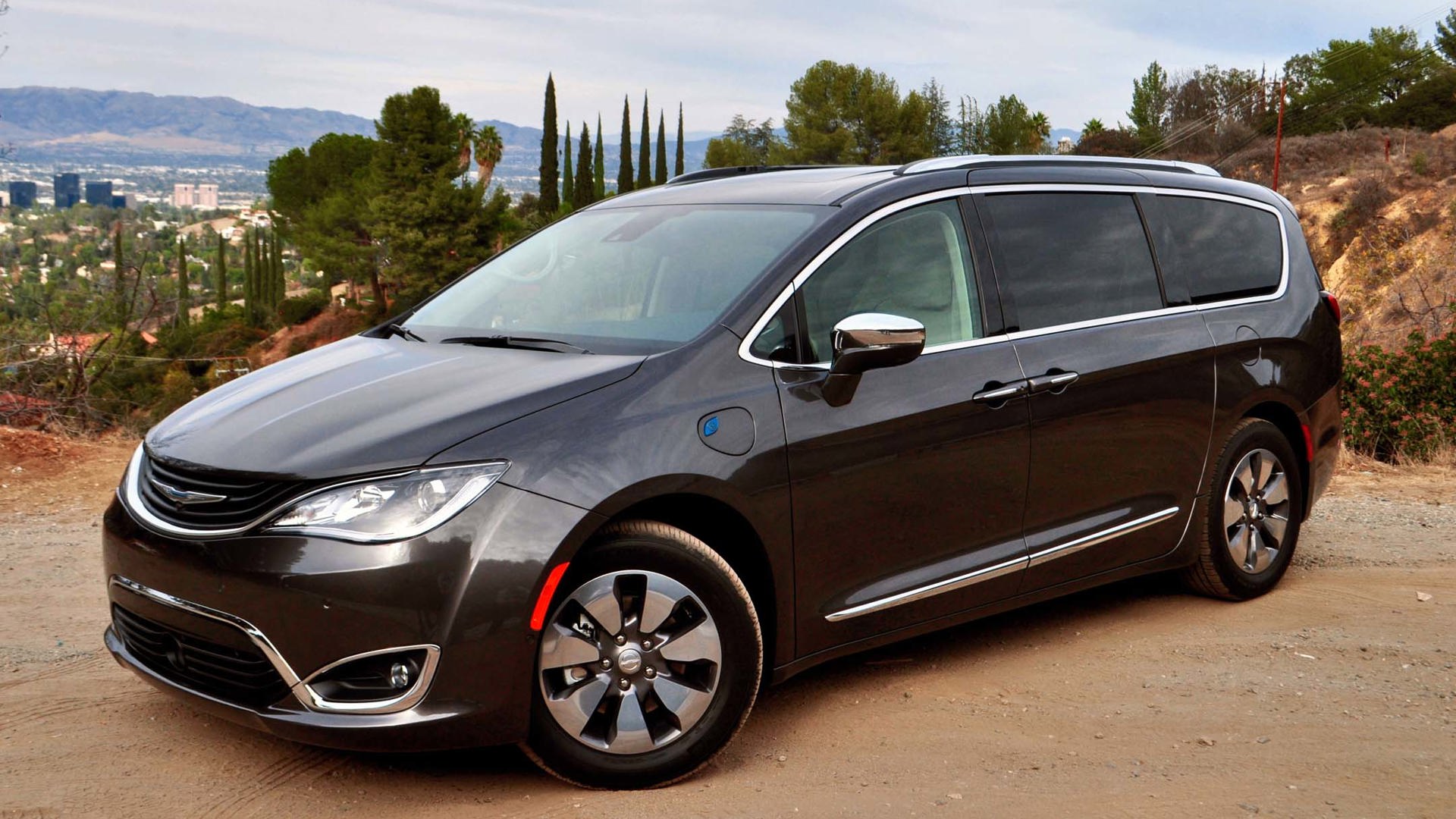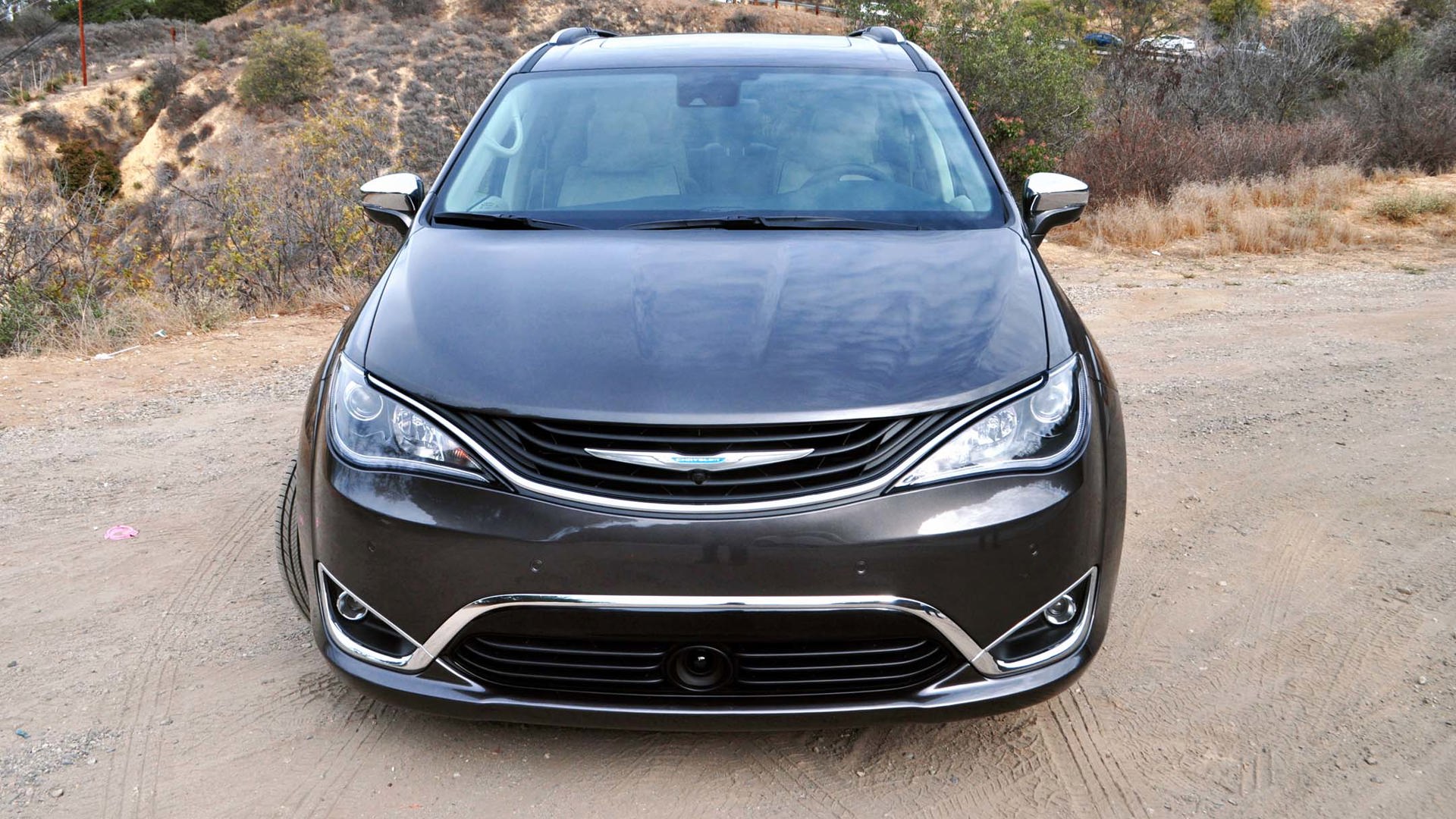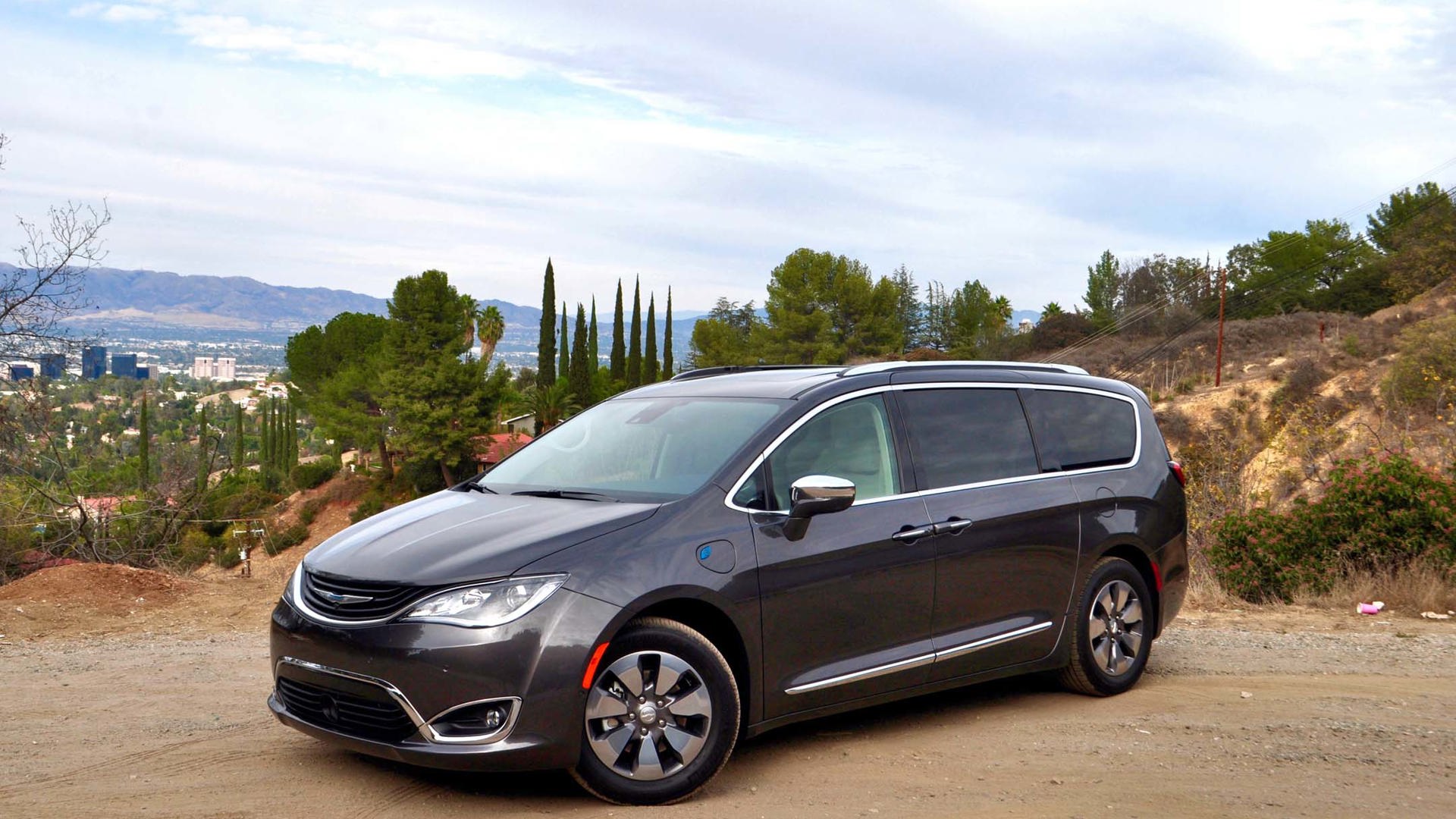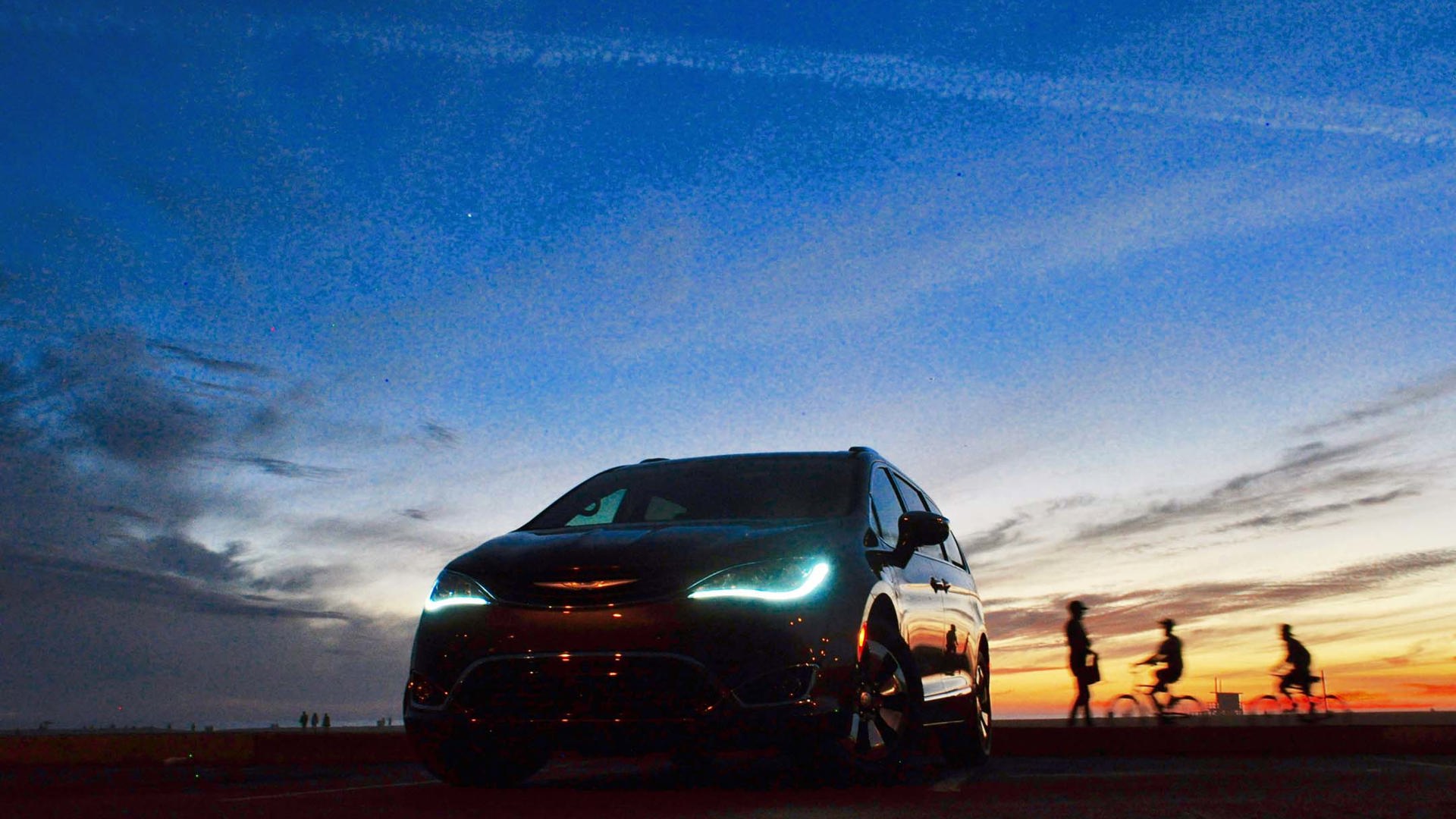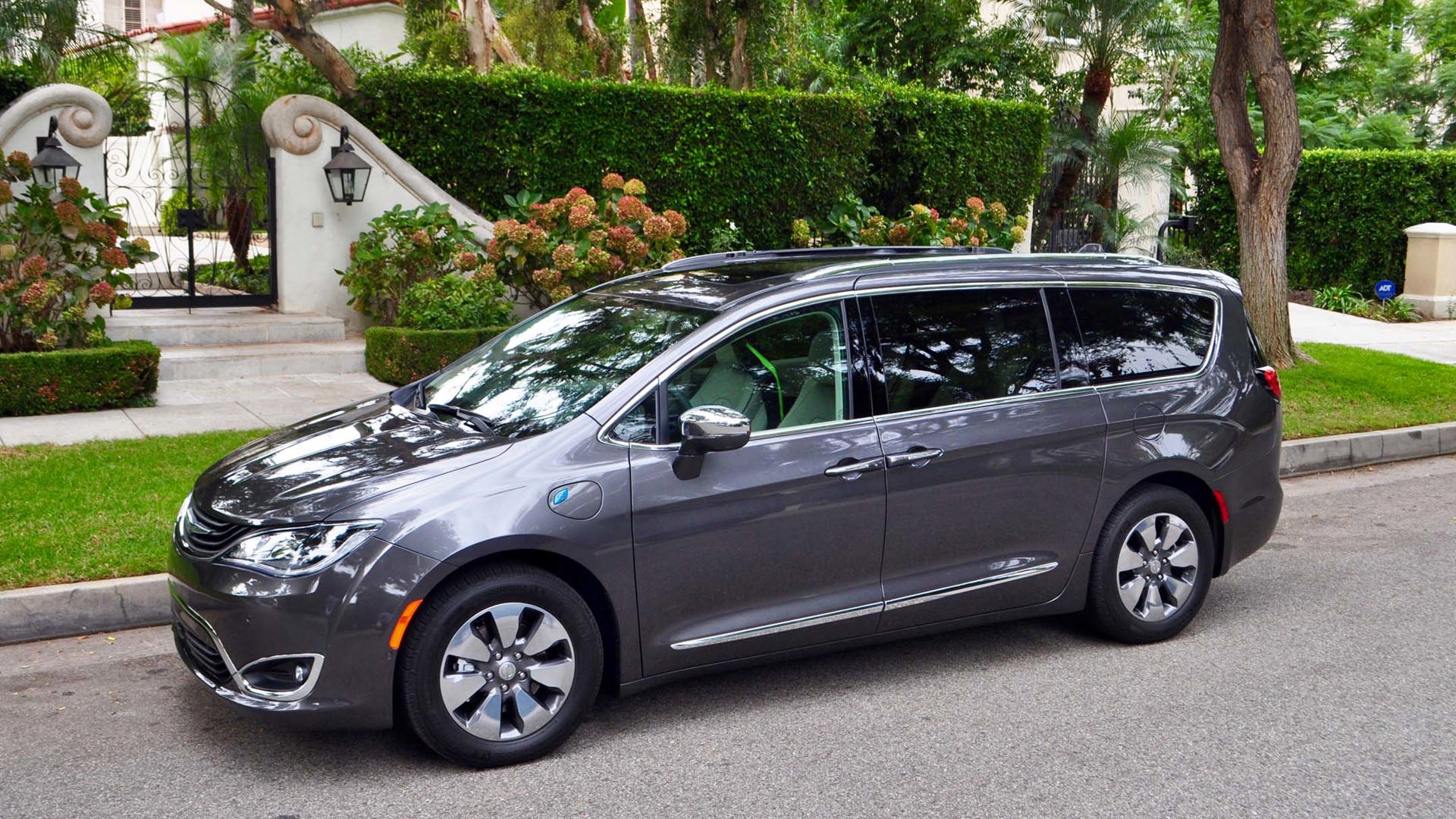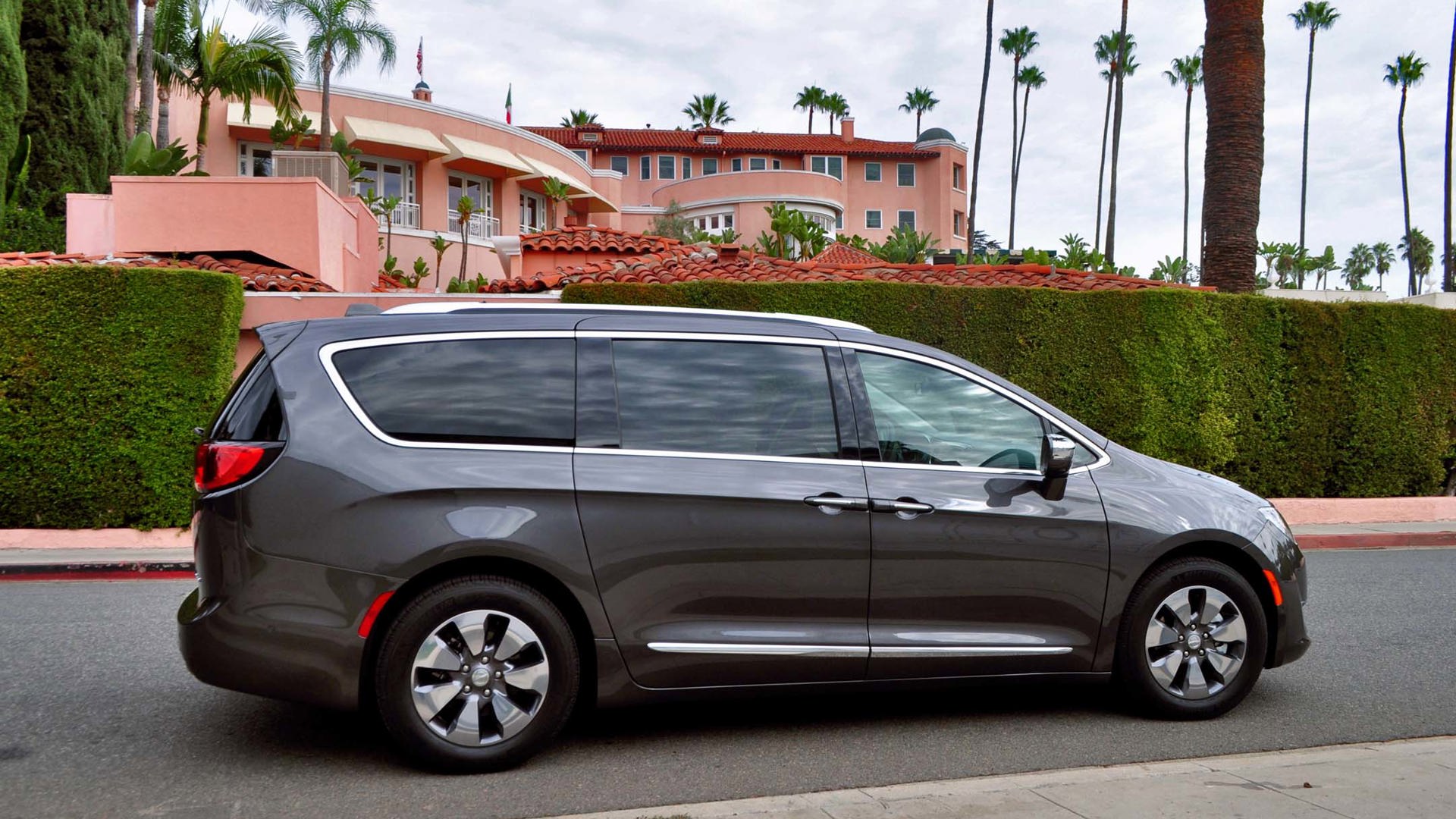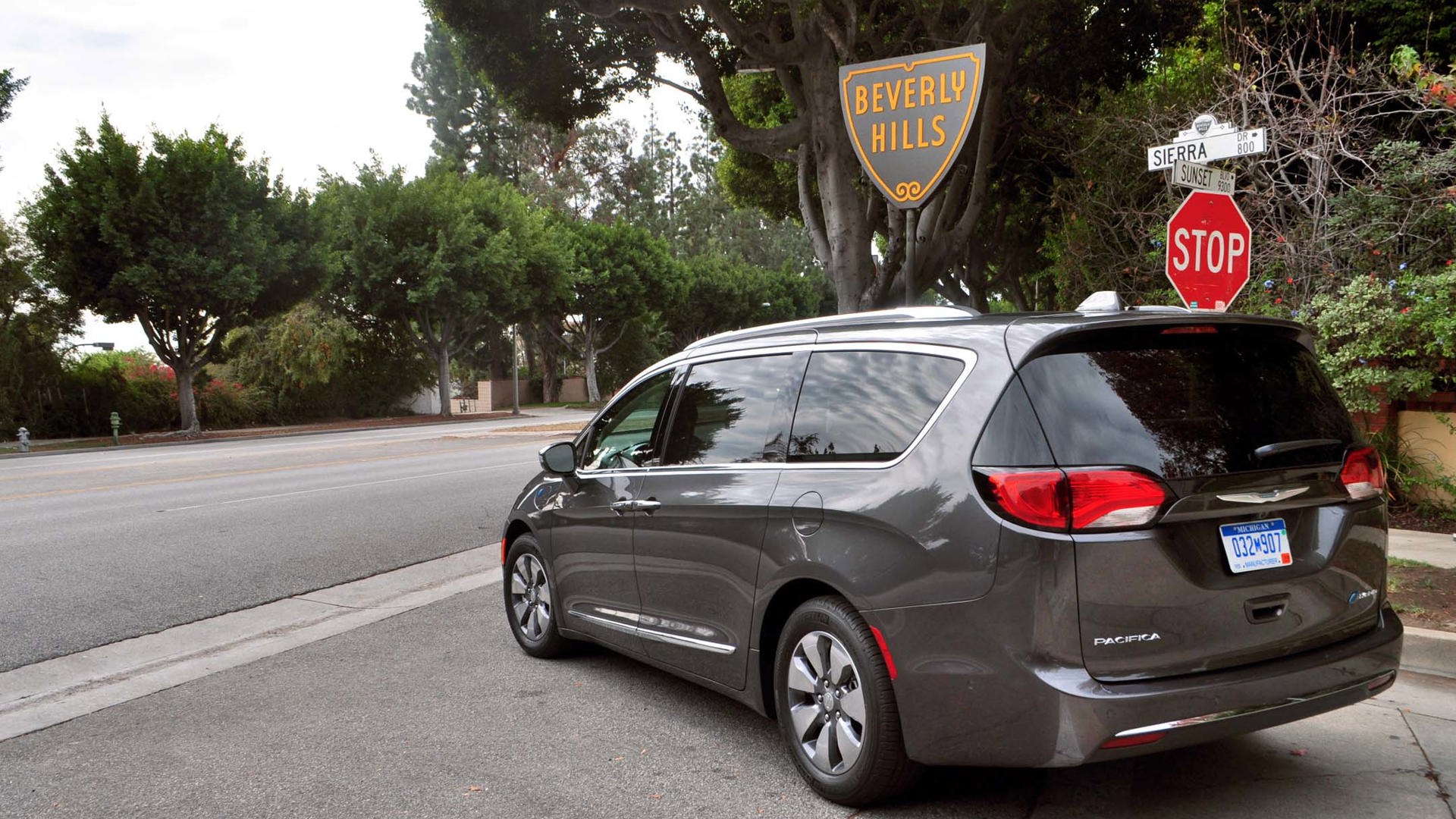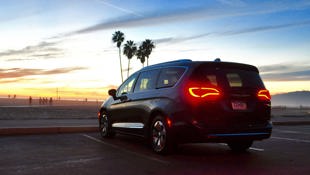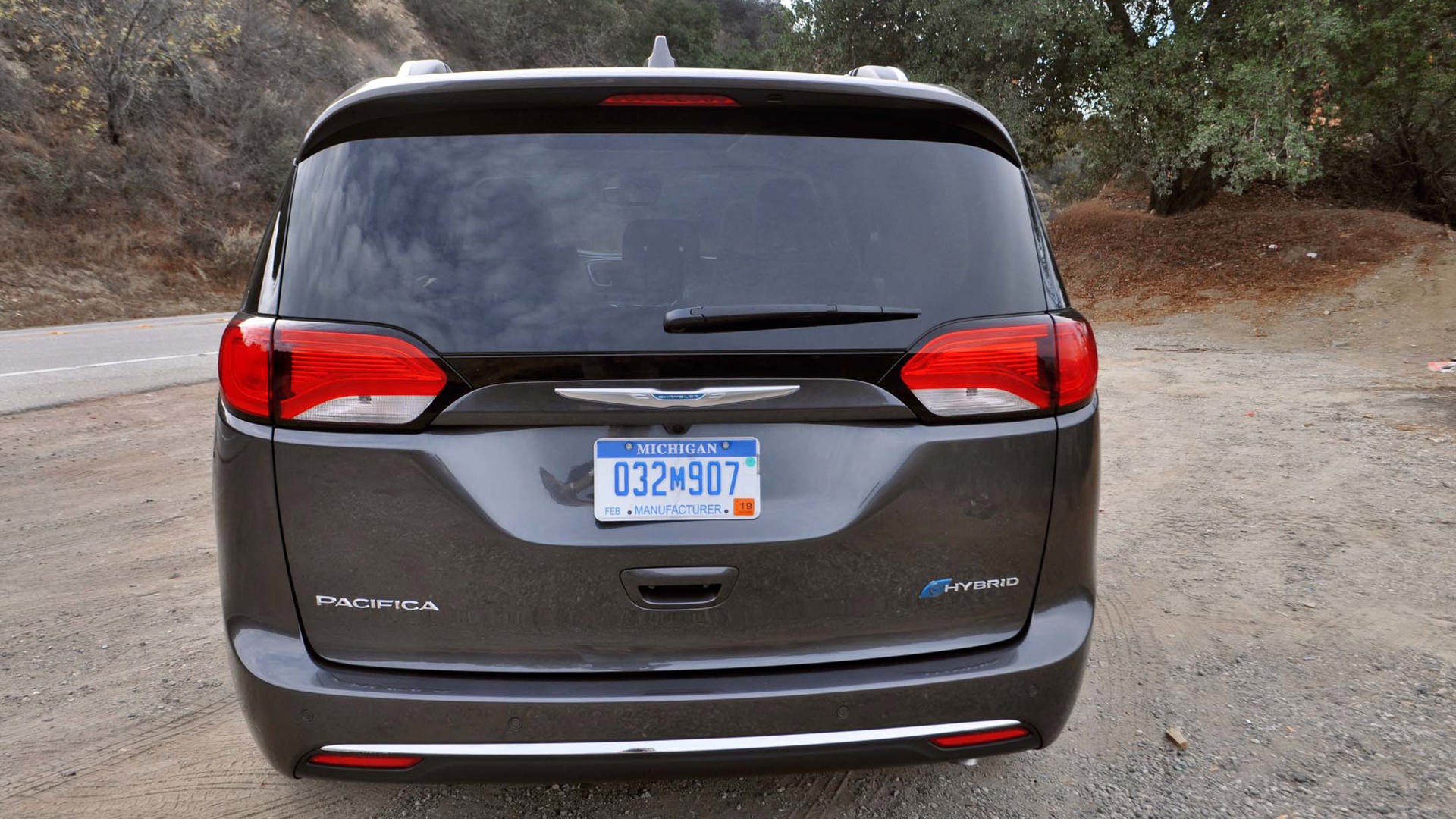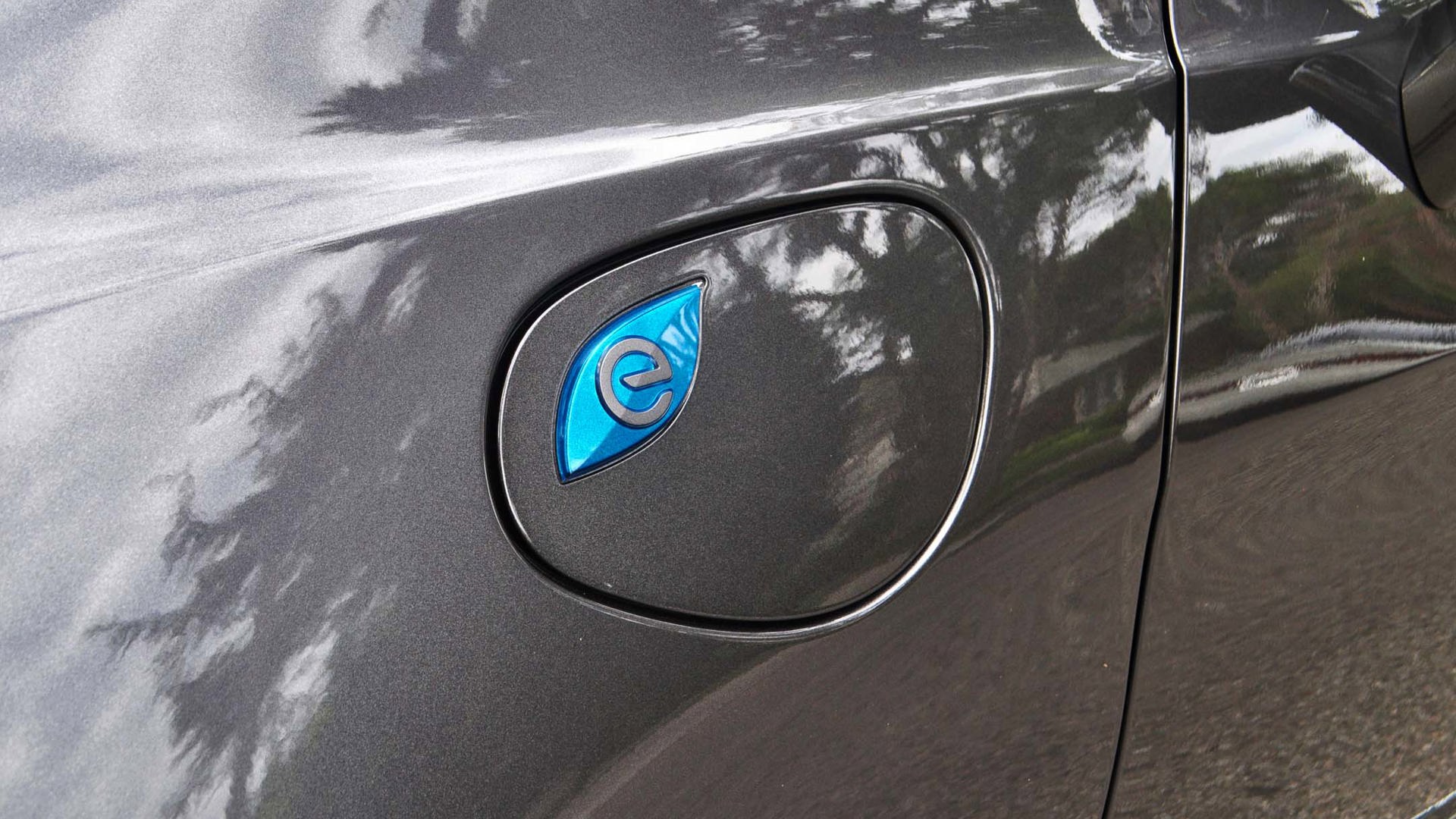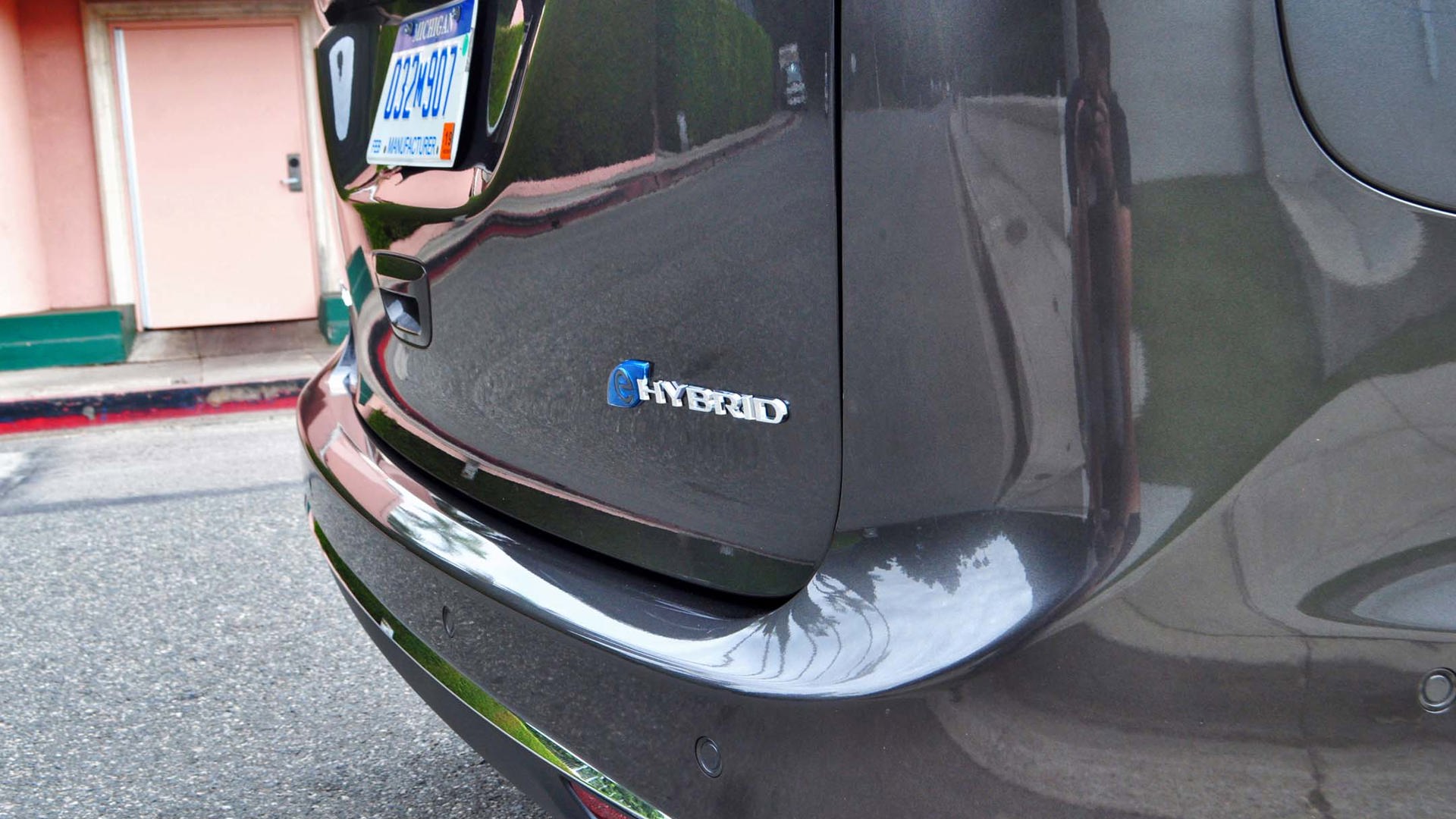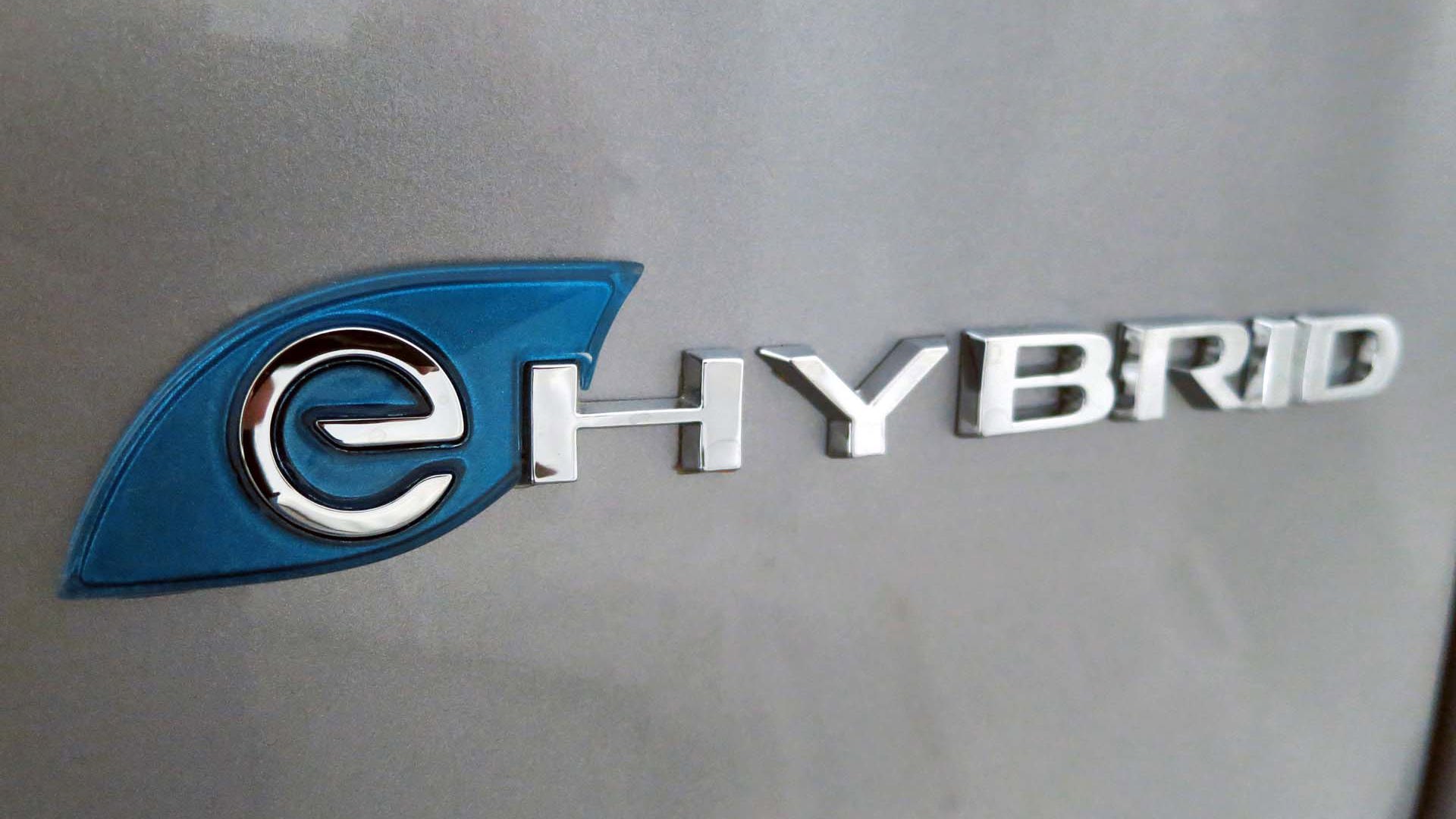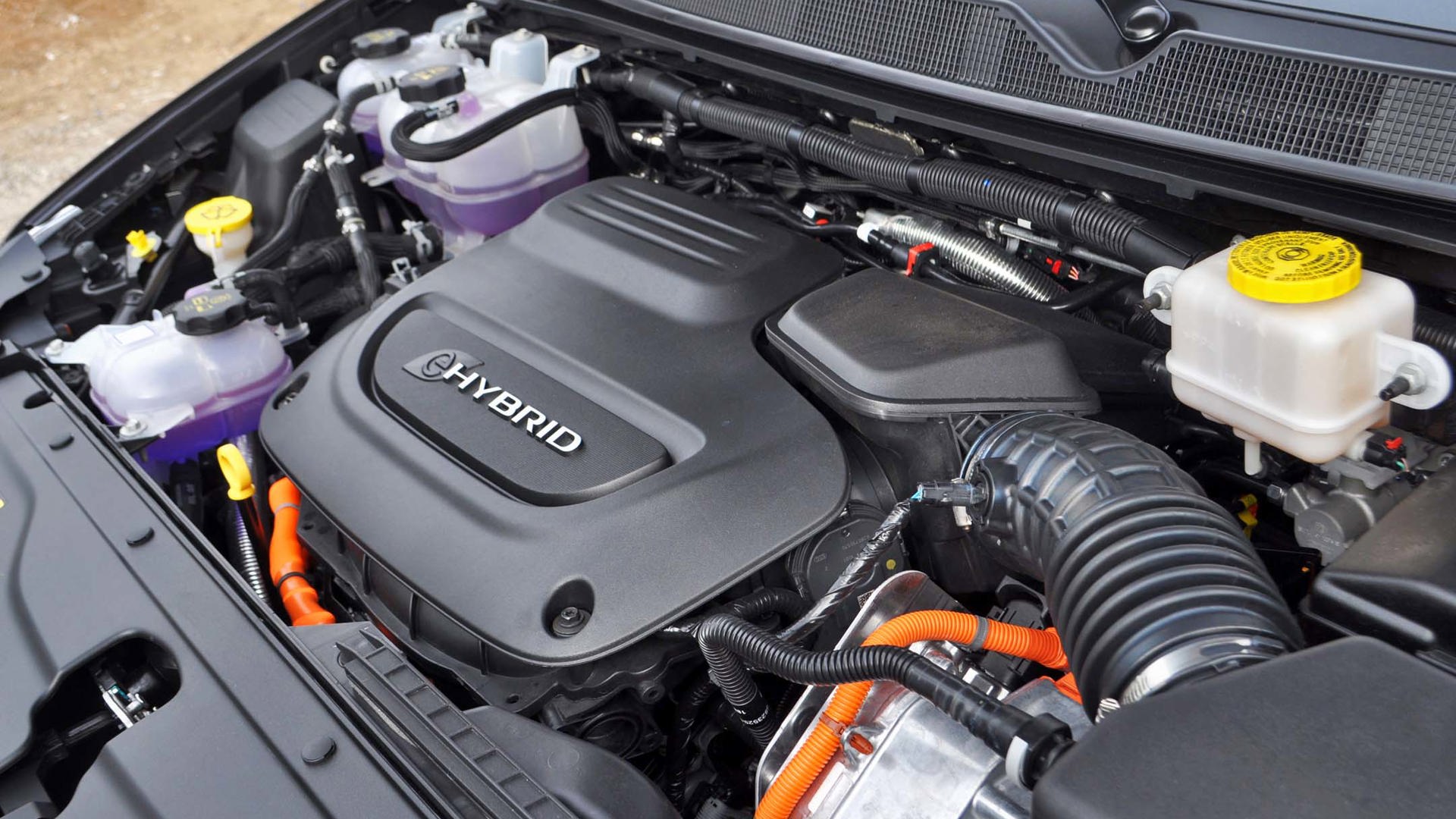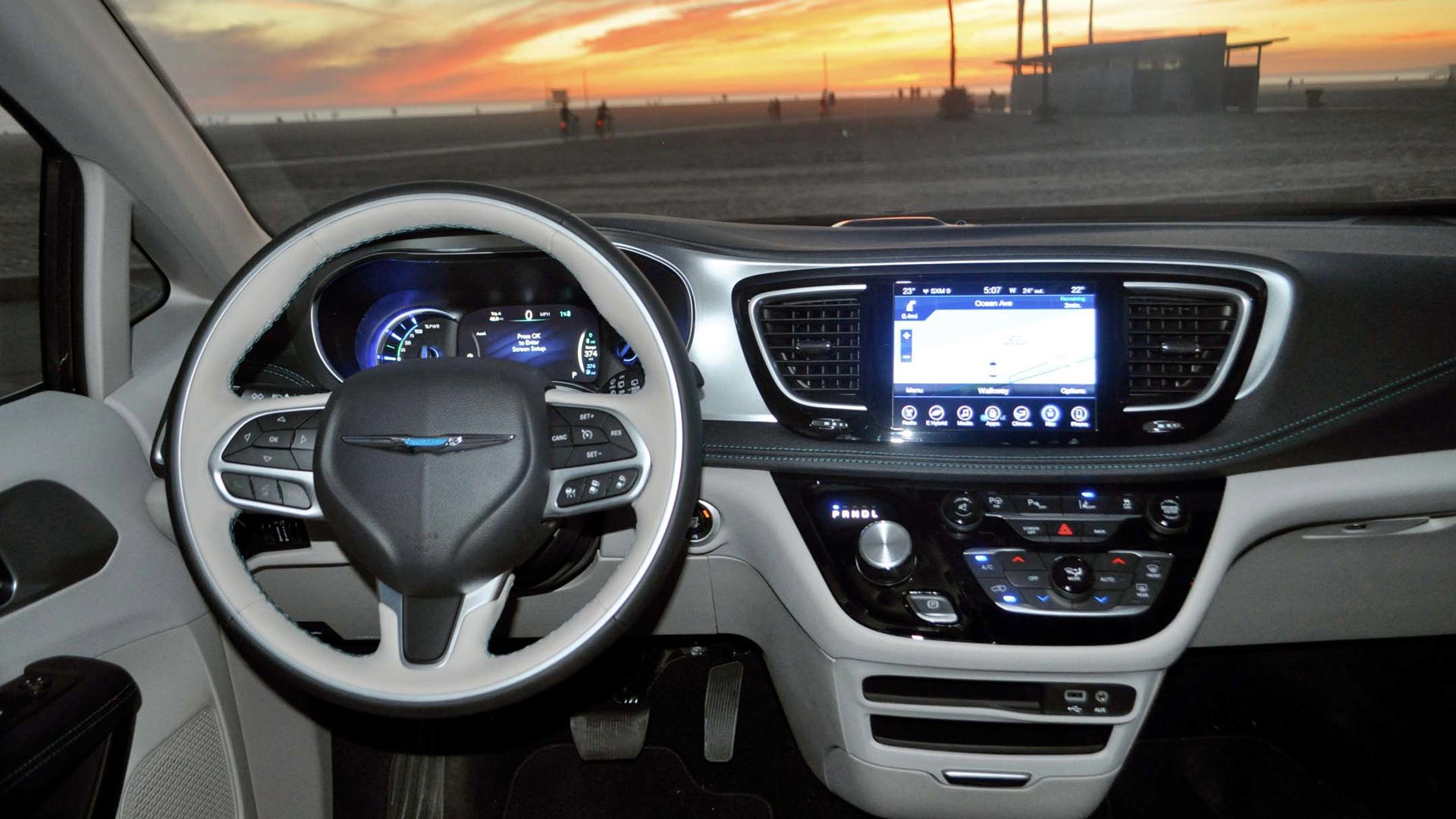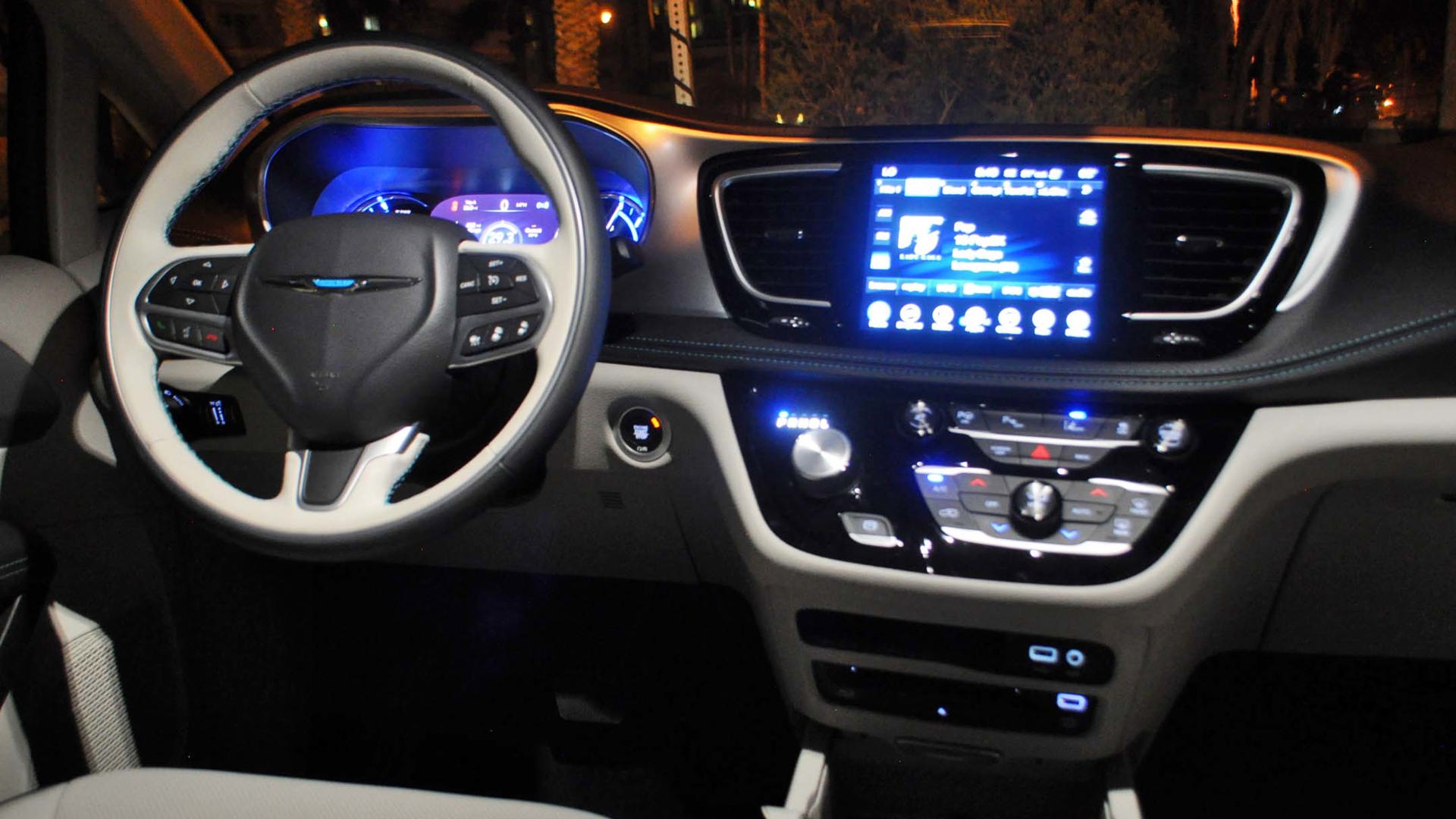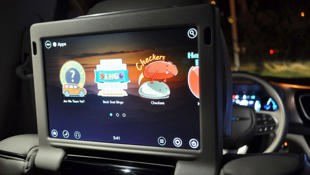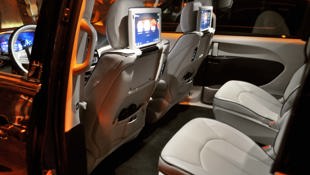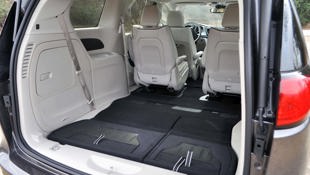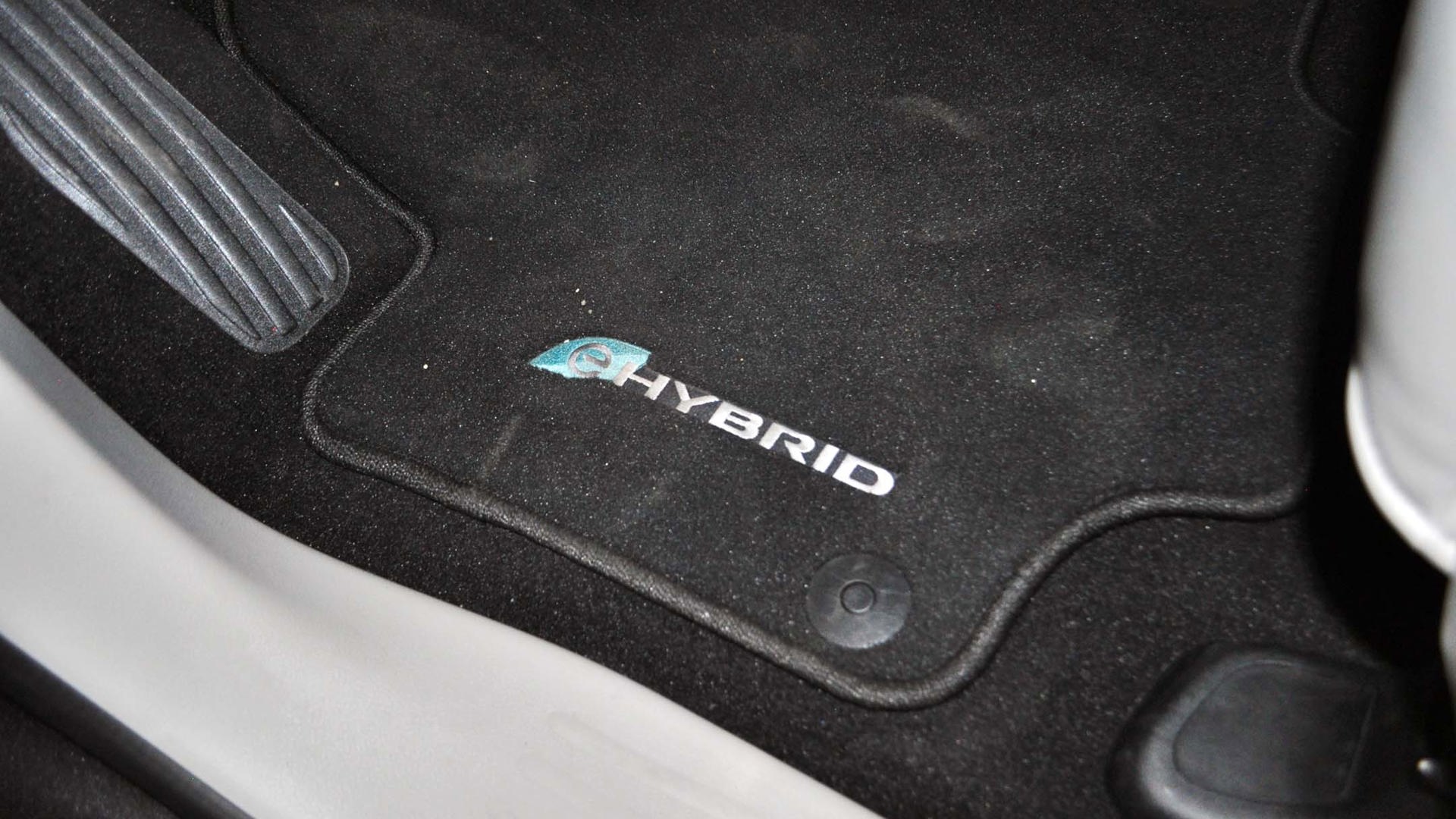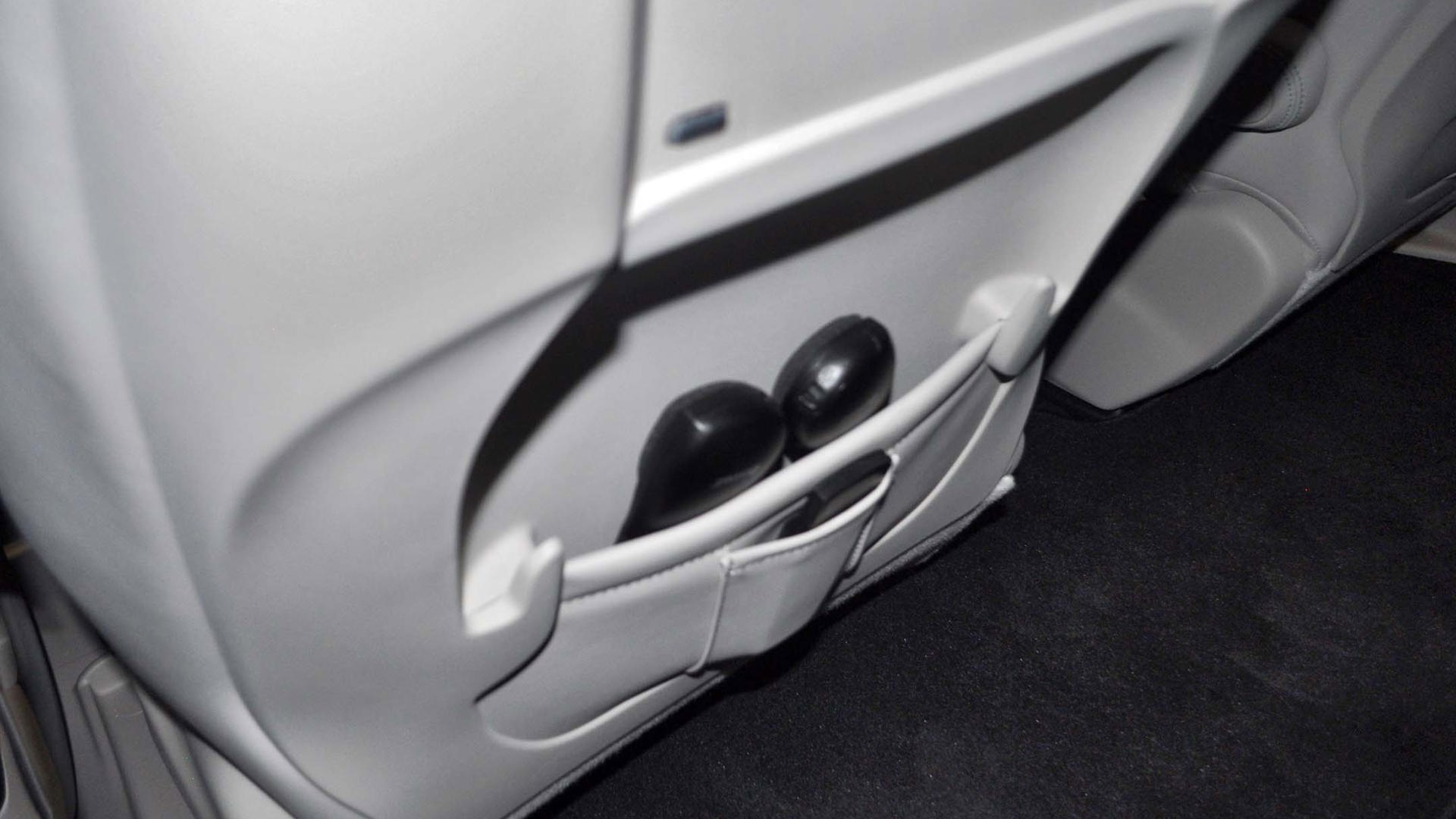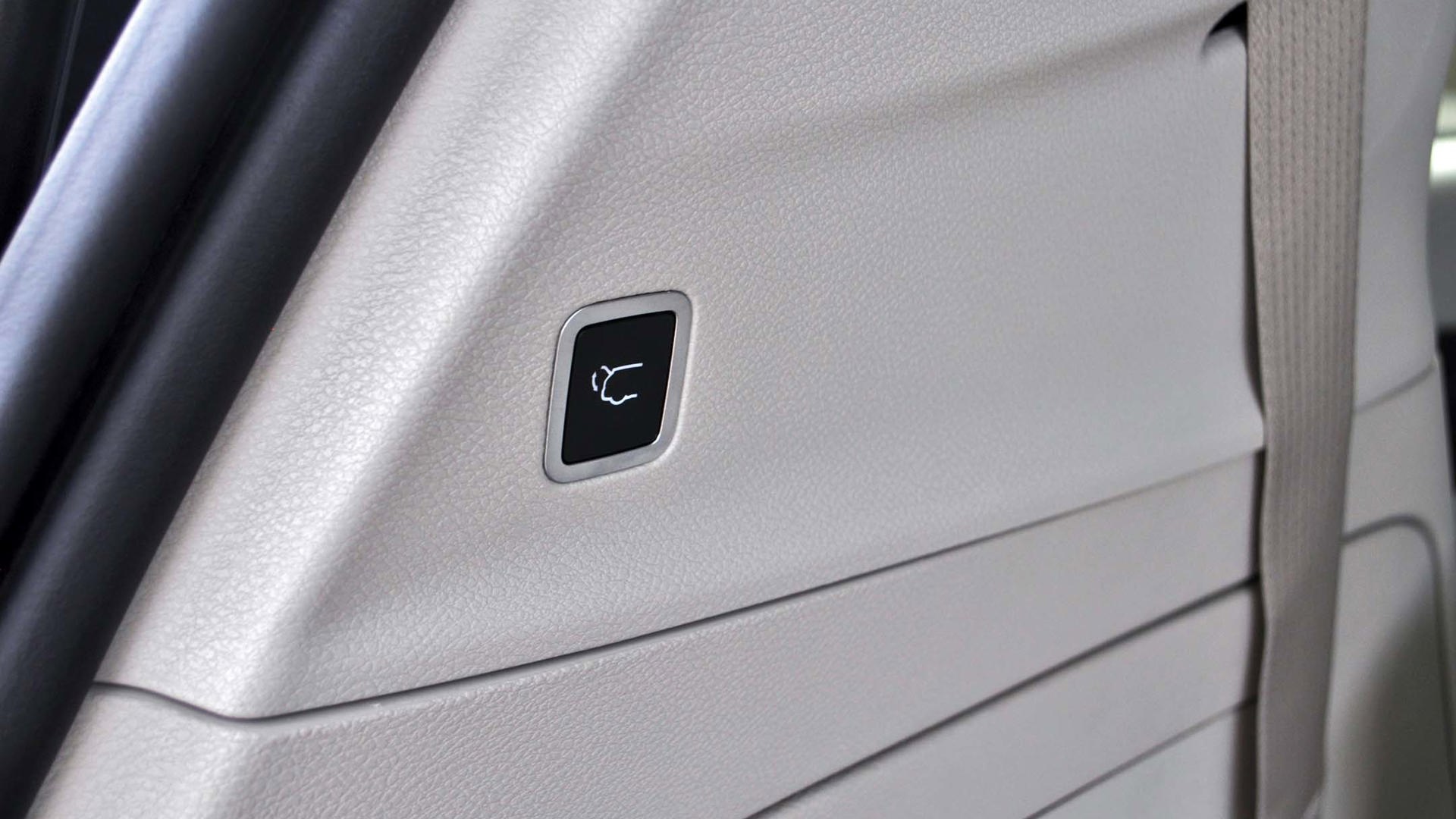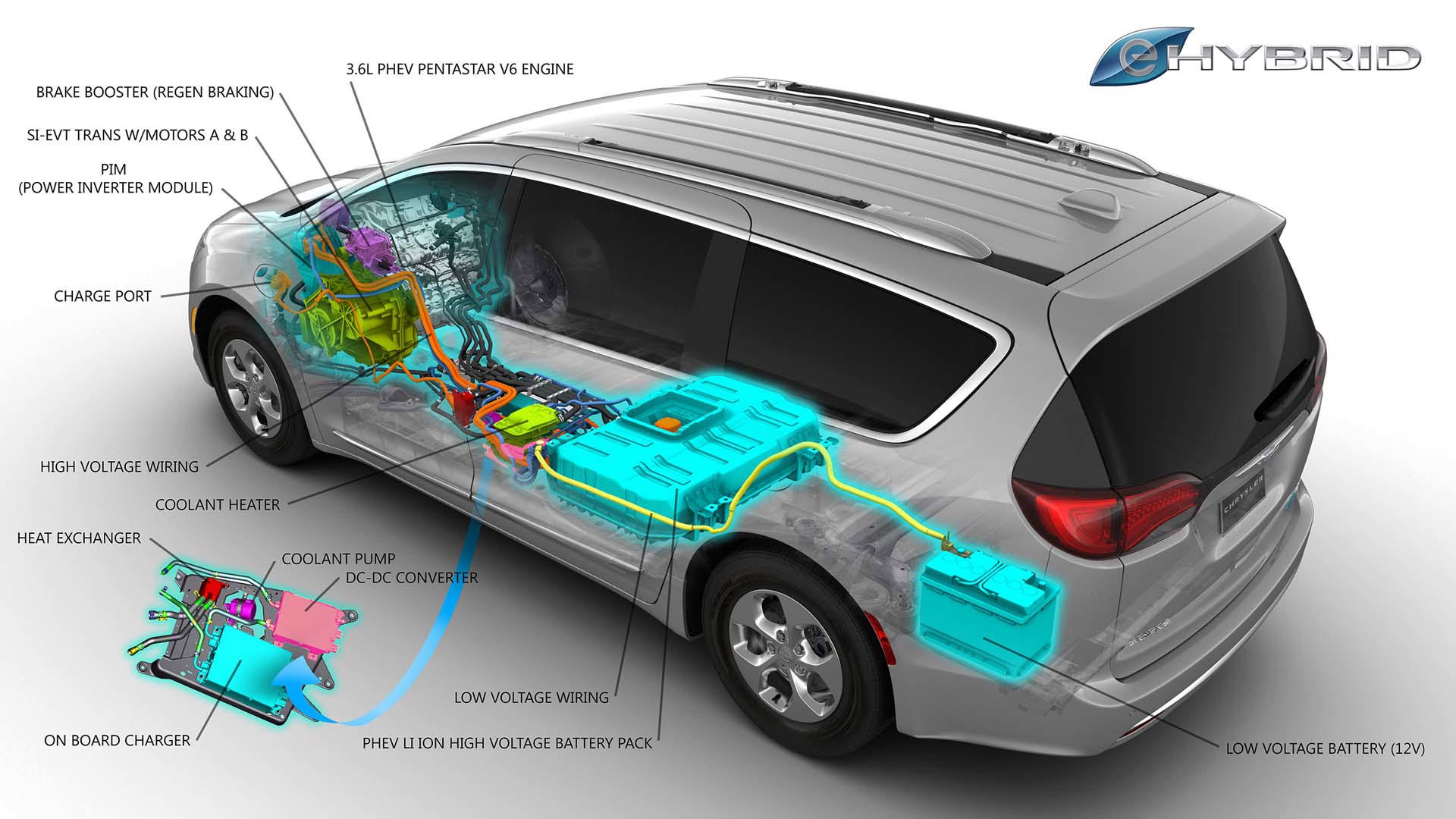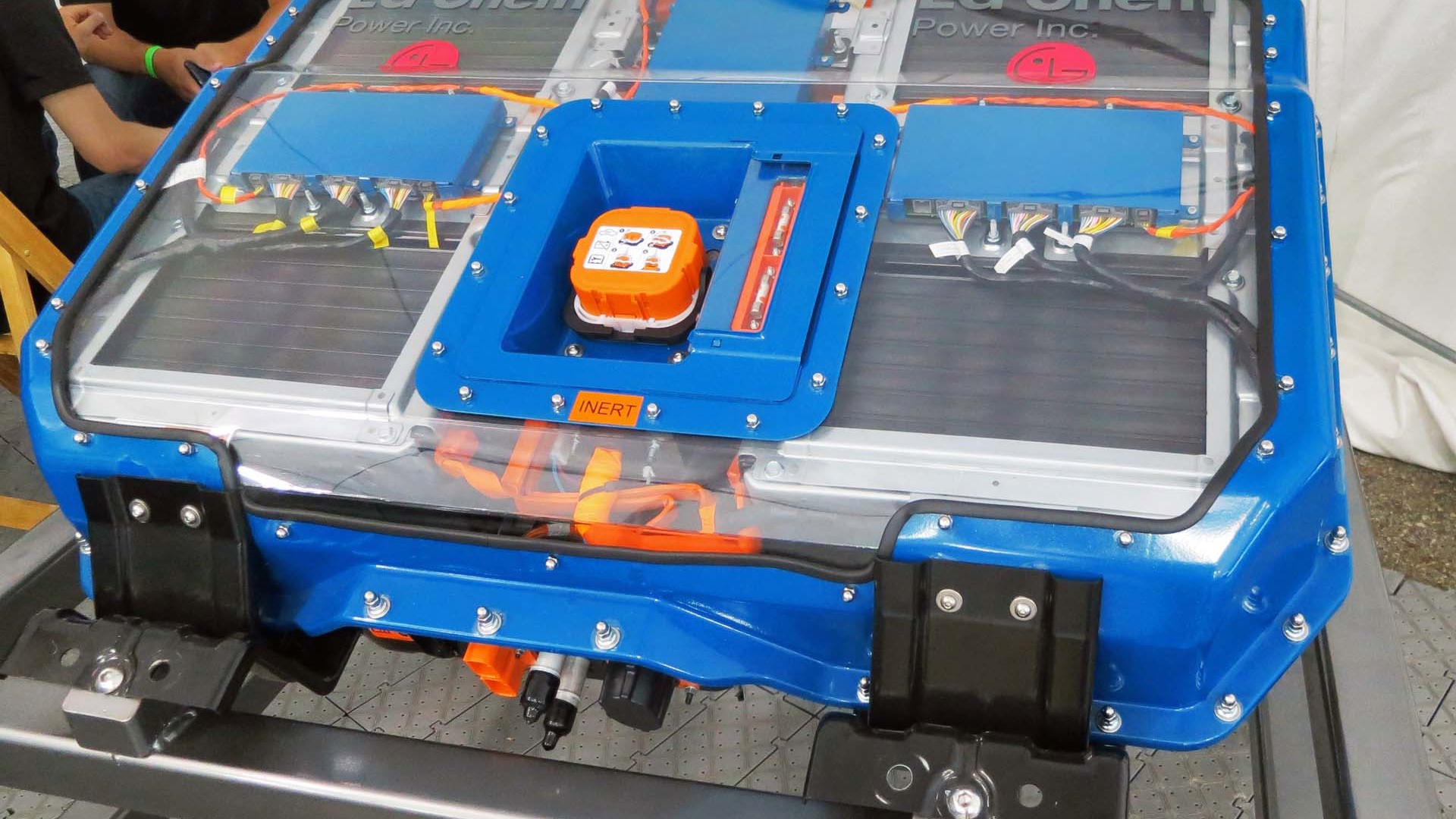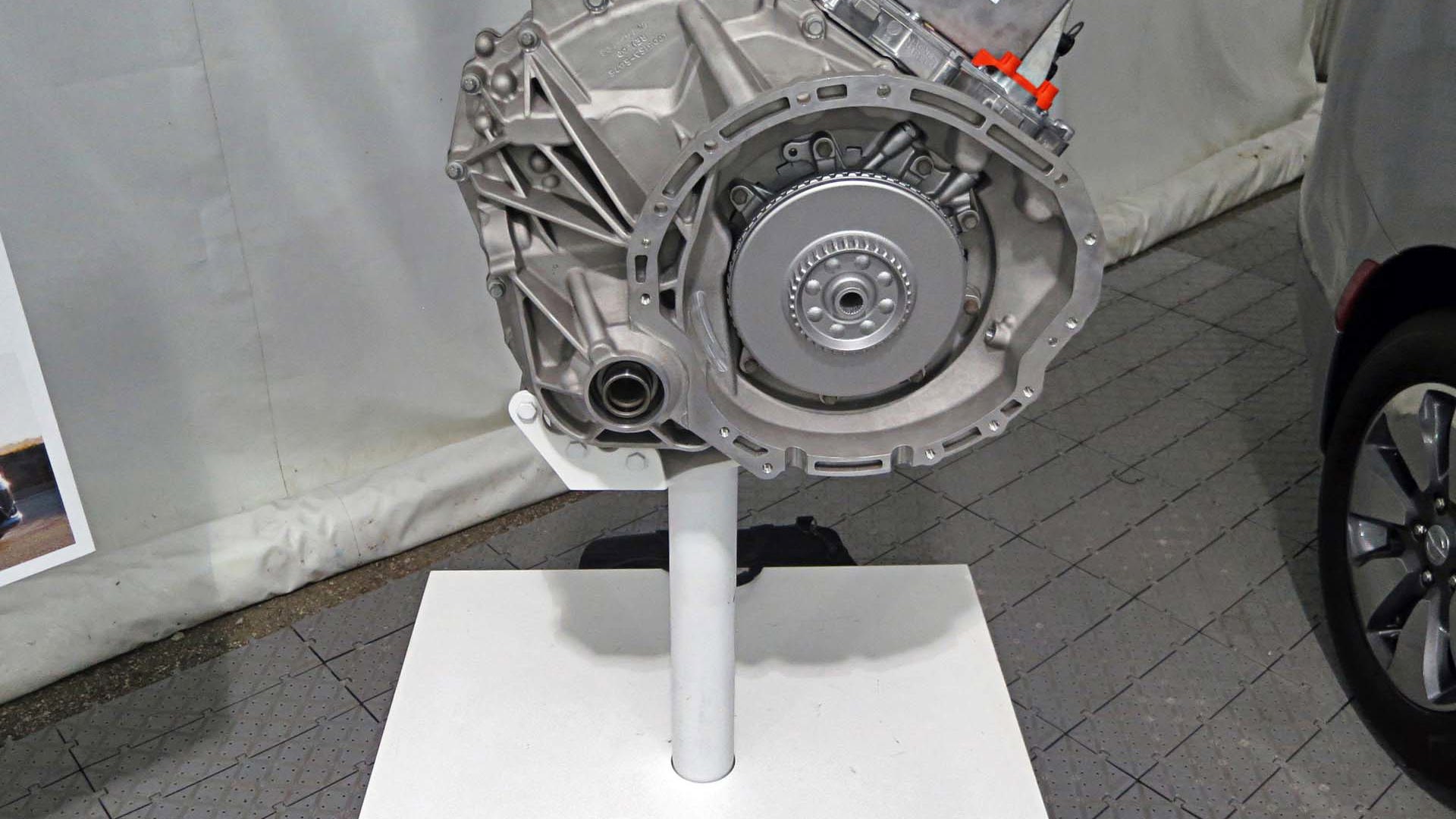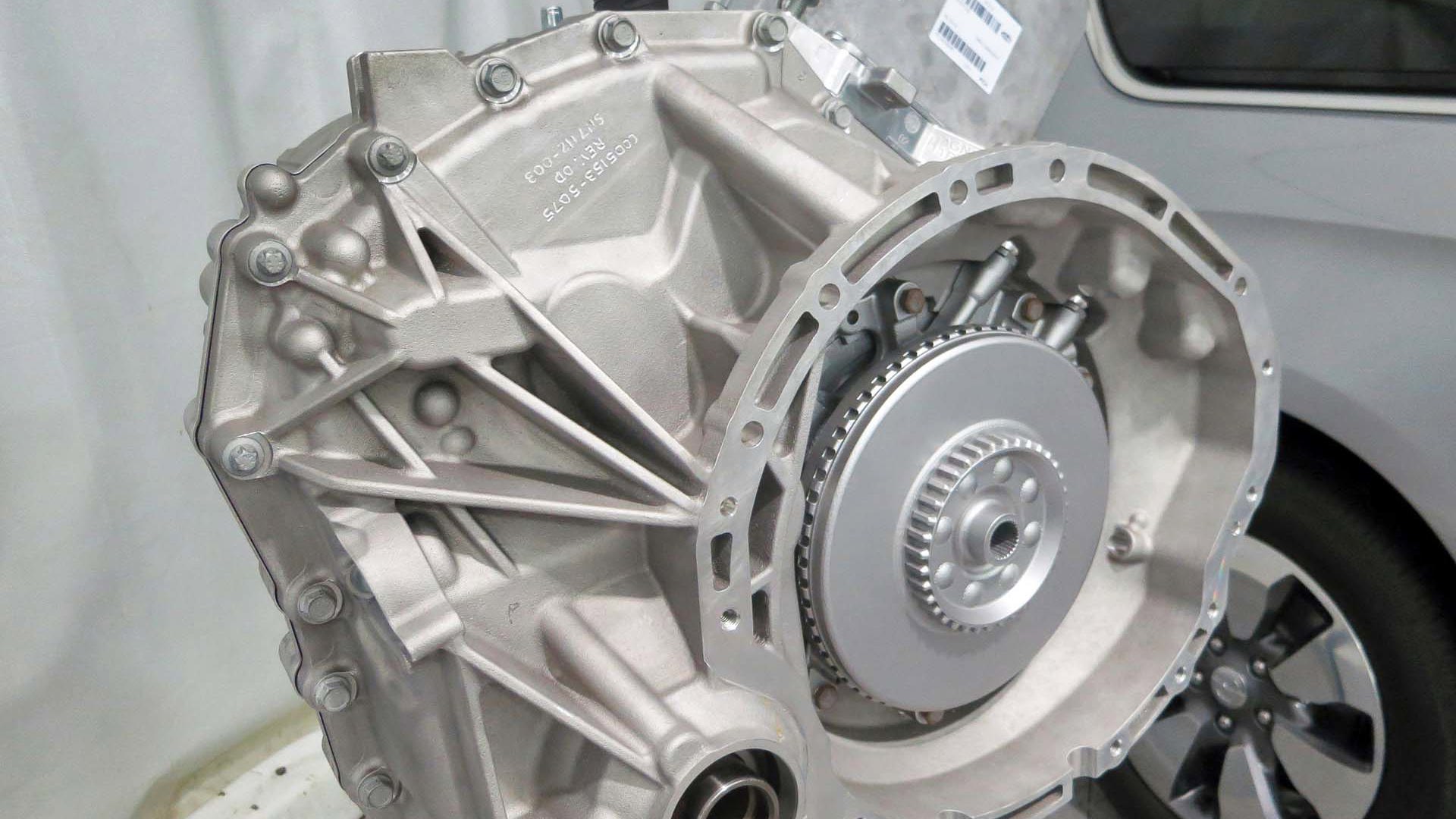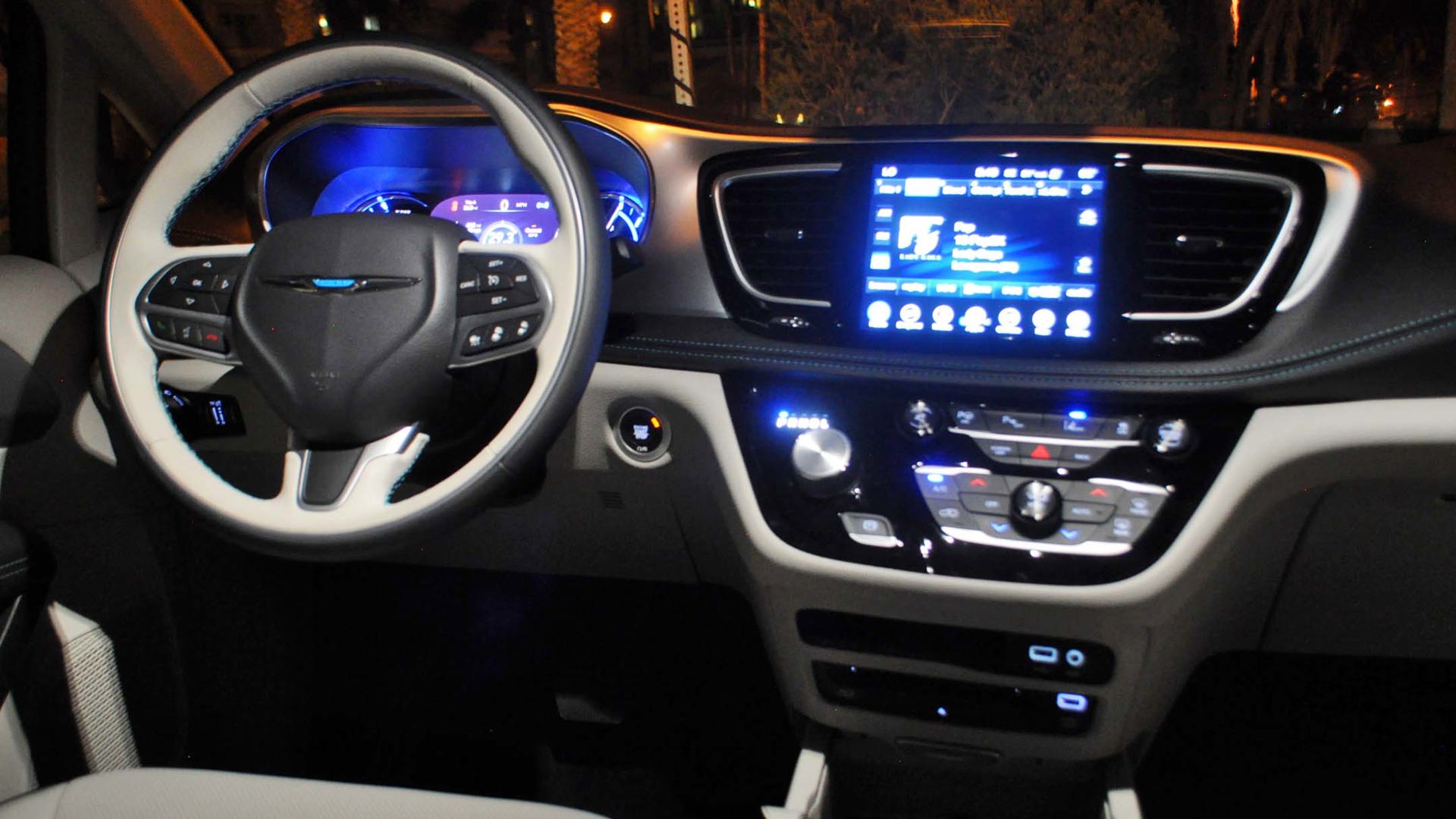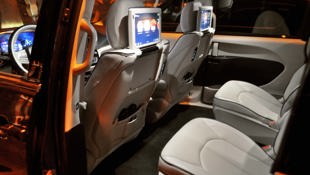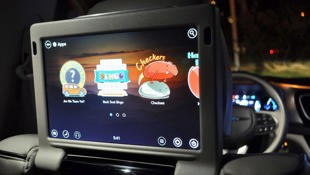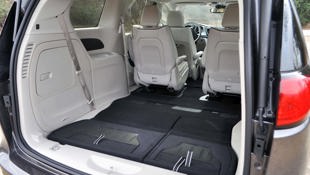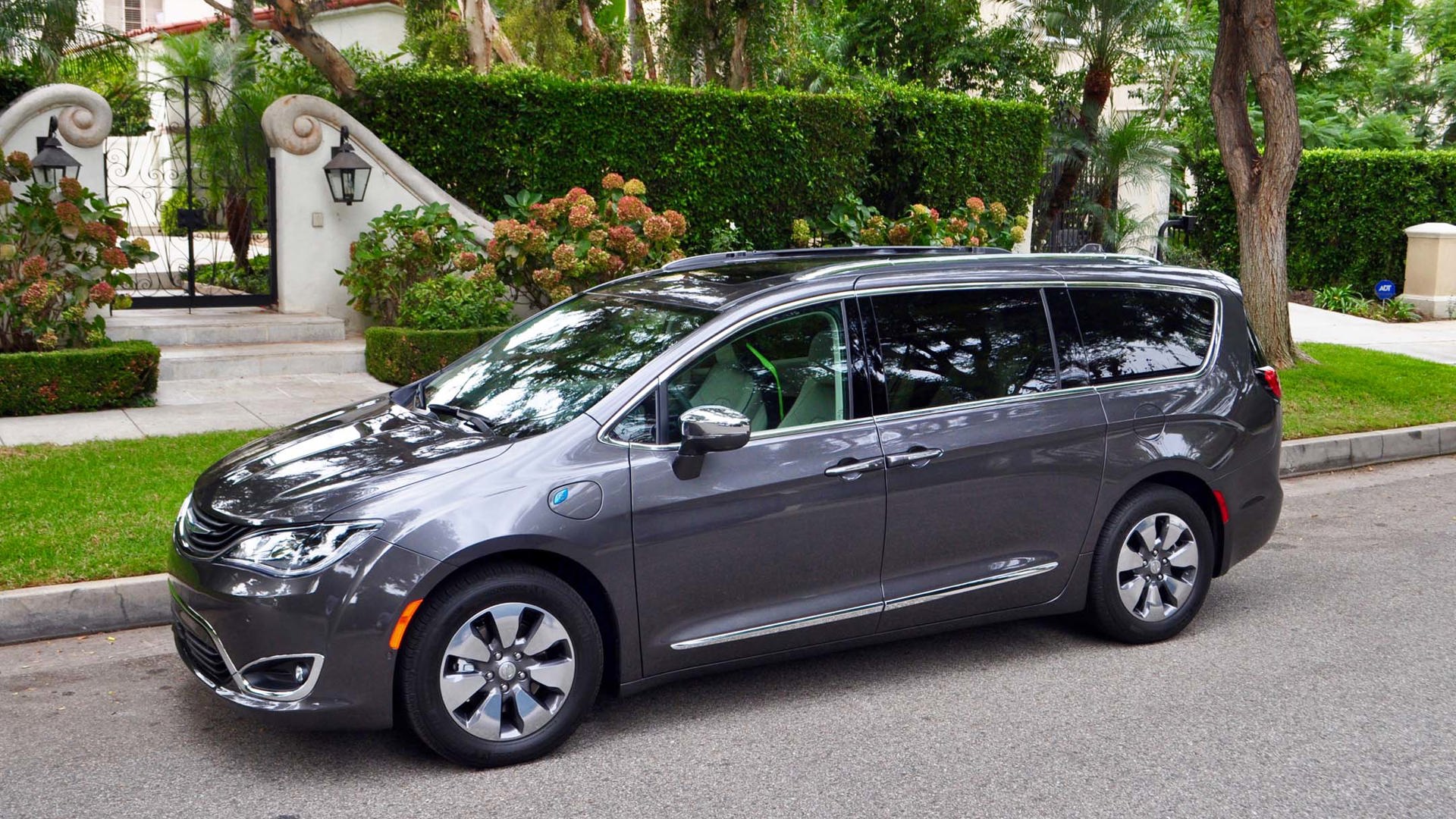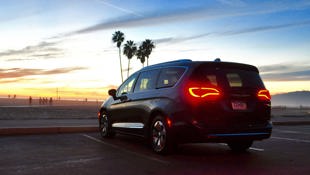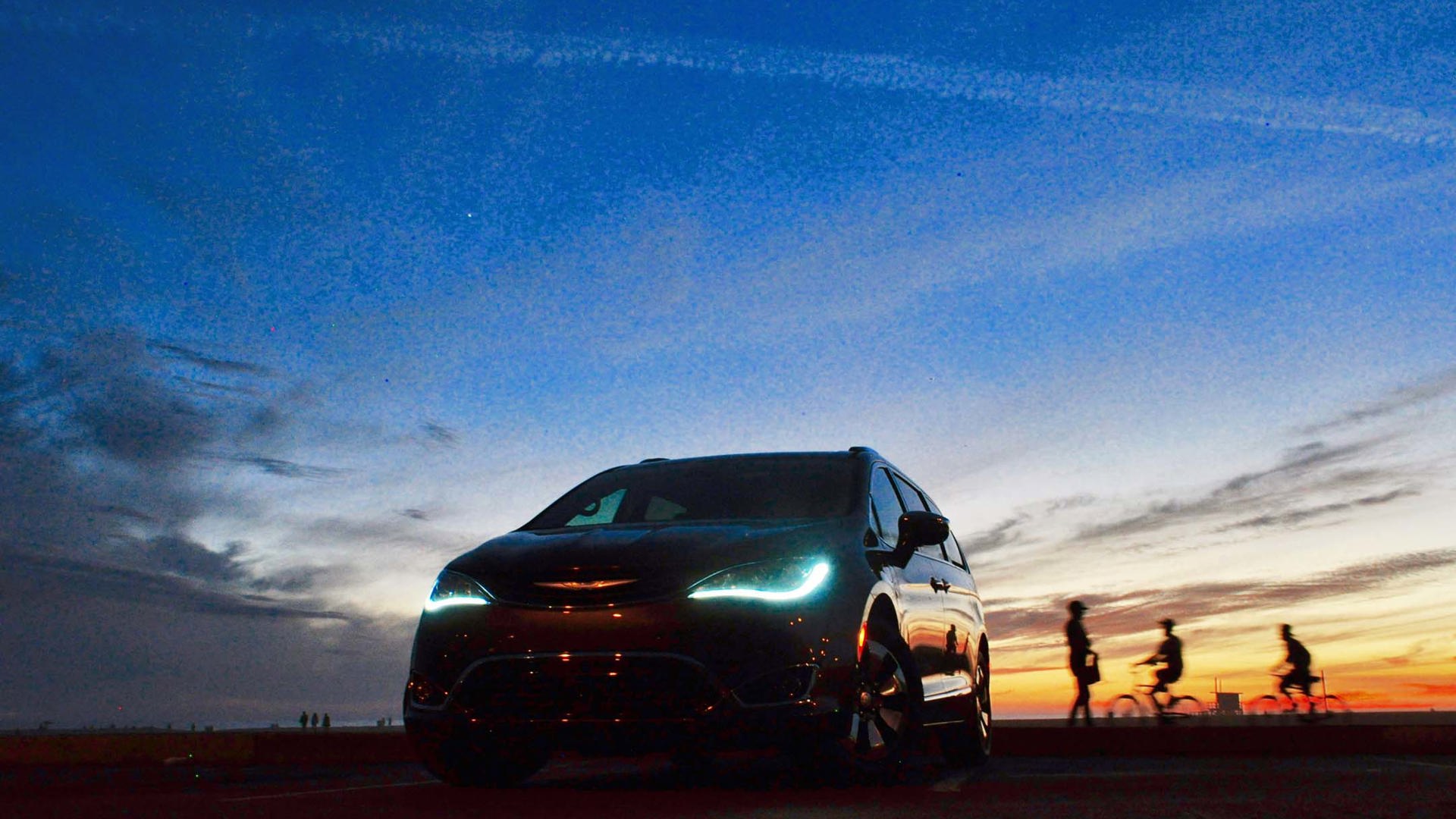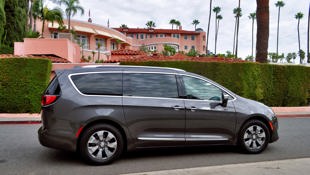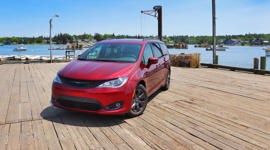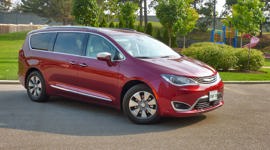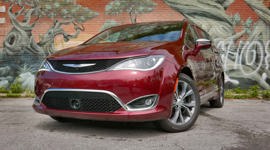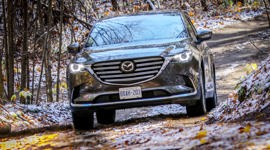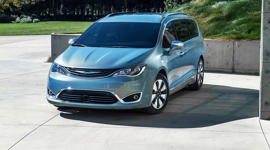Malibu Beach, CA – Silence. Is there anything so cherished, so rare and so craved by parents with multiple active kids? Didn’t think so. Which bodes well for the largely silent 2017 Chrysler Pacifica Hybrid minivan.
The Pacifica Hybrid is quieter, more family-friendly and more efficient than any other minivan or gas-powered SUV on the market.
Okay, perhaps a smoking-hot deal is high up on that wishlist too, for parents and non-parents alike. The Pacifica Hybrid delivers there as well, especially for buyers in Ontario, where it qualifies for a hefty $14,000 rebate, courtesy of the Ontario government. The province is literally banking on the health and emissions reduction benefits of vehicles that can be plugged in, and thus is helping buyers take less of an upfront financial hit on a vehicle – which, additionally, will cost less to drive on electricity than gas, even with rising electricity rates. It's a move that should spur sales and encourage further development of these low or zero emissions vehicles.
The Pacifica is the first vehicle under Ontario’s revised electric vehicle incentive program to qualify for the eye-popping maximum amount, up from a previous max of $8,500. Buyers in Quebec and BC will receive their own hefty government discounts of $8,000 and (up to) $8,250 respectively on the Pacifica Hybrid.
But major discounts don’t count as a good deal on any vehicle if you don’t enjoy driving or owning it. No worries there, because the Pacifica Hybrid is quieter, more family-friendly and more efficient than any other minivan or gas-powered SUV on the market.
Perhaps it's enough to even tempt upscale SUV-leaning folks in non-incentive provinces.
First three-row plug-in hybrid in Canada
The Pacifica Hybrid is unique in that it is the first three-row plug-in hybrid available in Canada, and the only plug-in seven-seater that’s not a Tesla – the BMW X5 and Volvo XC90 SUVs both offer third rows in their regular gas versions, but lose the third row when you opt for their plug-in versions.
“This vehicle is designed for long trips.”
Compared to those $75k+ luxury SUVs, Chrysler is making a much more significant engineering and marketing effort with the Pacifica Hybrid: the sizable 16 kilowatt-hour battery means it can travel up to 48 kilometres (30 miles) on a full charge, which is roughly double the real-world all-electric range of those two luxury SUVs.
Plus unlike most companies that offer limited numbers of its plug-in models to scattered dealers, FCA Canada has committed to selling the Pacifica Hybrid at every one of its Chrysler dealers across Canada, and is sending out service equipment as well as two 240V Level 2 charging stations to each dealer as well, said FCA Canada senior manager for product strategy, Mike Szymkiewicz.
Chrysler is making a serious commitment to its first plug-in hybrid ever offered in Canada – there was just one regular hybrid, in the short-lived Aspen Hybrid full-sized SUV in the late 2000s.
In case you’re wondering, as we were, why its official name is Pacifica Hybrid when the vehicle itself is a plug-in hybrid, Chrysler suggests there’s still some trepidation among mainstream buyers when it comes to vehicles that can be plugged in, even if they can be filled with regular gas as well.
“Many people hear the word ‘plug’, and right away there’s range anxiety,” said Matt McAlear, Chrysler marketing manager, noting that the logo on the car says e-Hybrid.
“But this vehicle is designed for long trips.”
Unique family-friendly features abound
Key to facilitating those long road trips are a wide variety of family-friendly features, starting with generous room in the back seat, third row, as well as for cargo, even with all three rows up.
Climb into the driver’s seat, and you’re welcomed by a nicely elevated driving position, favoured by so many SUV buyers. Like most minivans, there are handy fold-down armrests that allow you to rest your elbows while driving longer distances or sitting in traffic. The rotating shift knob just below the instrument panel means there’s no big transmission tunnel separating the front occupants. This translates to generous leg (and knee) room, and allows for a large pull-out bin that can fit a full-size iPad.
The teal colour from the Pacifica Hybrid’s front badge logo is carried inside with teal accent stitching all the way throughout the interior, accompanied by teal colour displays in the instrument cluster that impart drivetrain information, such as remaining electric range.
The Pacifica Hybrid doesn’t lose any interior space compared to its regular and super-roomy gas-only counterpart, unlike the hybrid versions of most any other vehicle. Overall passenger space is a massive 4,672 L, which dwarfs new-for-2017 three-row SUVs like the Mazda CX-9 and the GMC Acadia (as seen in this year’s Large Utility shootout), while its 907 L of cargo room also trumps the closer-sized Honda Odyssey, though still a little behind the Toyota Sienna’s massive 1,100 L.
But unlike its Odyssey and Sienna minivan rivals, the Pacifica Hybrid offers twin rear touchscreens as standard equipment, which come with interlinked apps such as a tic-tac-toe game which links to the screens to each other, and an “Are We There Yet?” app that uses data from the navigation system to show rear-seat riders an estimated arrival time. It also allows each of them to view their own choice of DVD, or use the onboard Wi-Fi.
Wi-Fi functionality relies on cell network coverage, the same as your phone. To wit, it didn’t work in the California mountains where we test drove for a full day. And yes, you can always create a hotspot straight from a smartphone, but onboard Wi-Fi is great when you don't want to fumble around with your phone while driving.
Sadly, you do lose a couple of features with the Pacifica Hybrid that are found on the regular Pacifica. The first is the integrated vacuum cleaner available on other top trims. The second is the Stow ’n’ Go second-row seating that folds into the floor, since it's where the rechargeable lithium-ion battery packs go here. The two second-row seats can still be removed if you need to haul something bulky, leaving a massive space that can still fit 64 sheets of plywood behind the front seats with the tailgate closed, says Chrysler.
Magic foot-sweep door fun all around
Still exclusive to Chrysler are its magic sliding side doors, which can be opened with a sweep of your foot under the doors – and are a lot of fun to play with. A few carmakers now offer similar systems on their SUVs, to help open or close the rear hatch when your hands are full with groceries or excited kids, but the Pacifica is the only one to offer it on the sliding side doors as well.
In practice, the system works brilliantly and should prove invaluable in shopping malls and tighter parking spots. The advantage of sliding side doors over regular doors (or gullwing doors, for that matter) is clear, and one of the reasons minivans became popular in the first place.
As before, Chrysler cleverly integrates the door track into the rear side window base, a design trick copied by its (likewise clever) competitors. The aforementioned teal colour is exclusive to the Hybrid, but otherwise every colour in the Pacific palette is available, with only the unique wheels and slightly revised front end (and charging port) marking out the Hybrid visually. The exclusive wheels are not lighter nor more aerodynamic, Chrysler confirmed, so you may opt for the regular wheels with no mileage penalty.
Shoppers have been choosing large SUVs over minivans for design and refinement. It’s nice to see both interior and exterior detailing that suggests that Chrysler understands this and is targeting folks who care about style and want a minivan.
Luxury-car silence and refinement
Even if it’s further down most buyers’ list of priorities, there are minivan drivers and potential owners who also care about driving feel. It's specially true of the premium segment, where drivers aren’t willing to just drive anything big and bulky simply because it can haul all the kids and all their stuff.
For drivers who prioritize efficiency, a charged-up Pacifica Hybrid can largely be driven from rest all the way past legal highway speeds purely on silent electric power. However, if you plant your right foot the gas engine will come on to provide the full complement of forward thrust.
The key here is the velocity at which the pedal meets the floor. The system provides a good compromise, keeping most drivers in energy-saving and whisper-quiet EV mode when cruising along, with the gas engine kicking in when the situation calls for more urgency. The engine will also come on in colder temperatures to help provide heat to passengers, though the electric mode does provide a modicum of both heat and air conditioning on its own.
Bumps are absorbed with a refined thump in the Pacifica Hybrid, which comes in at about 278 kg (roughly 600 lb) heavier overall than the base Pacifica, thanks to extra standard equipment and especially the batteries. On the plus side, the low and central placement of the hefty batteries helps keep the Pacifica’s body nimbly level in the corners, instead of the “body roll to the door handles” of some minivans or large SUVs.
But the Pacifica Hybrid does have a fuel-efficiency-focused 260 hp V6 engine, which is 22 ponies less than the regular 3.6L V6. The level of torque, however, is strangely unknown (or at least unstated). Chrysler argues that stating a torque figure that combines the electric motor’s output along with the engine’s low-end oomph would not be scientifically accurate, so it only lists an overall horsepower rating – even though all other plug-in vehicles on the market have stated torque figures, which are always higher and more impressive than their equivalent horsepower.
Whatever the ratings are, the Pacifica Hybrid feels as quick as the gas-only one, if much smoother and quieter, though passing power above 110 km/h lags a little behind its conventional counterpart.
To keep that near-silence going as much as possible, and to achieve its Toyota Prius-like efficiency of 2.9 Le/100km in the city, the Pacifica Hybrid needs to be charged up regularly. It can charge from empty to full overnight in 14 hours with no special charger or wiring needed. In order to take full advantage of the large battery and much faster 6.6 kilowatt onboard charging capability, buyers should install a 240V specialty charger in their garage or parking space, which can charge up an empty battery in approximately two hours. These Level 2 units, available from Mopar, Home Depot or other retailers, also qualify for rebates in Ontario and Quebec.
As a current plug-in vehicle owner, I can attest that an L2 charger in the garage is especially useful in the winter for vehicles with a larger battery, like the Pacifica, when you’re running around doing errands in the evening on the weekend. That’s because your electric range in the Canadian winter is never as high as in temperate California, where we saw an all-electric range estimate of 53 km on a full charge.
It's a figure that proved to be very accurate. Despite constant air conditioning use, some highway driving and occasional heavy-right-foot throttle tests, we actually travelled a good 50 km in total before the gas engine made itself known. The engine powers down at lights and, in the Pacifica’s case, when slow-crawling through drive-throughs or school pick-ups and drop-offs.
It’s a near-constant game for plug-in hybrid owners, to see how long one can keep going on quieter and cheaper battery power, instead of louder and pricier dead dinosaur juice.
More perks will be coming for plug-in owners
The 2017 Chrysler Pacifica Hybrid that’s set to arrive early in 2017 will launch at a lofty $56,495 for the Premium trim, before government rebates, but it’s fairly clear that lower-priced configurations will soon follow, since these will available at launch in the US.
Interestingly, the similarly though not identically equipped top Platinum trim in the US will start at more than $44,995 USD ($60,865 CAD, at mid-November 2016 exchange rates); even the base $41,995 USD sticker price translates to more than $56,784 CAD. So it may sound pricey for a minivan, but from a North American perspective, it’s a fairly good deal, even before provincial incentives.
Plus, there are other announced government incentives coming for plug-in drivers, though the timing is still up in the air. The Ontario government’s five-year Climate Change Action Plan details these further measures in its transportation section, the highlight of which will be a method to provide free or subsidized overnight charging for plug-in vehicle owners.
Plug-in hybrid and EV owners in all provinces will benefit from EV charging station infrastructure funds, which have been announced and committed to by the federal government.
The Chrysler Pacifica Hybrid seven-seat minivan is not quite the greenest vehicle in Canada, but it could easily become the bestselling plug-in vehicle in the country, with customer appeal and availability factoring into the equation.
| Engine Displacement | 3.6L |
|---|---|
| Engine Cylinders | V6 |
| Peak Horsepower | 260 hp |
| Peak Torque | N/A |
| Fuel Economy | 2.9 Le/100 km |
| Cargo Space | 915 L / 2,478 L (third-row folded) |
| Model Tested | 2017 Chrysler Pacifica Hybrid |
| Base Price | $56,495 |
| A/C Tax | $100 |
| Destination Fee | $1,795 |
| Price as Tested | $58,390 |
